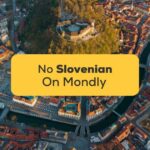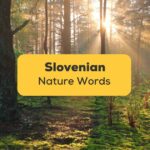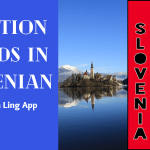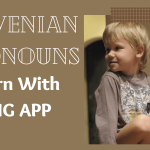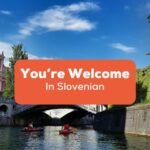Cambodia is located in Southeast Asia, bordering Thailand to the West, Vietnam to the East, and Laos to the North, with a coastline facing the Gulf of Thailand. It is best known for the Angkor Wat ruins, a beautiful artifact of the country’s ancient past. There is though much more to see.
As we have already learned how to greet others in Khmer, you can now confidently start to think about visiting. Cambodia can be split into 4 different regions based on its geography. There are also several islands belonging to the country too. Here is a quick look at the different regions of Cambodia, and what they have to offer.
Mekong Lowlands
As the name suggests, this area is characterized by the low plains that make up most of the central area of the country. The Mekong flows through the region, ultimately flowing around and back into Vietnam. Tonlé Sap, the country’s largest lake also occupies this low-lying area.
The capital, Phnom Penh (ភ្នំពេញ), is located here. The city was purposely built on the banks of the Mekong River to provide resources as well as enable travel. The temperature here remains warm year-round, with very little variations in day-to-day temperatures.
There are numerous other smaller cities around the region that still maintain some French-style architecture and a slower pace of life. These overlooked gems are not far from the capital, so you should take some time to stop by.
Northwestern Region
This is the area most popular for tourists visiting the country. The reason for this is that the Northwest is home to Angkor Wat and the surrounding archaeological park. Siem Reap (សៀមរាប), the largest city in the region, is the gateway for most visitors to Angkor.
The lands are very fertile thanks to the neighboring Tonlé Sap lake. This means that, outside of the city, you will see plenty of rice fields being worked on. However, the region is also amongst the poorest in the country. Thankfully, with the developing infrastructure, this may change soon. This will allow more visitors to see and experience the traditional Cambodian lifestyle.
When talking about remote areas, it is important to remember that mines are still a common problem. It is not wise to stray too far from the path when out and about.
Otherwise, this area sees the least rainfall in the country. Monsoonal rainfall can still occur, as with the rest of the country though. Temperatures are slightly lower than that of the central region though, again, not by too much.
Eastern Region
The Eastern region, the area to the east of the Mekong, is not very popular with visitors. This area is heavily forested and mountainous towards the border with Vietnam. Thanks to this, it gets a lot cooler at night, making it easier to sleep.
Wildlife, nature and traditional lifestyles are the main draws for this region. You can take pleasant walks or bike rides around the smaller cities. There are guided tours available for those who want to know more about the history of the area. Traveling between the smaller villages can also be an interesting experience. The lifestyle here is generally slow when compared to the bigger cities elsewhere in Cambodia.
Food is generally more traditional, with street food vendors offering cheaper alternatives to restaurants. For drinks, you can try one of the ‘TV bars’, where locals hang out and watch films with a drink or two.
Cardamom And Elephant Mountains
The name Cardamom and Elephant Mountains refer to the mountain ranges of Cardamom and Dâmrei (literally meaning Elephant) respectively. While the Cardamom Mountains are found towards the southwest of Cambodia, the Elephant Mountains are found in the very south of the country.
This region is also underdeveloped due to the poor infrastructure, the mountains, and the lingering presence of landmines. However, the coastal areas are a tourist hotspot, but not overly spoilt. Sihanoukville is home to one of the most popular beaches in the country, making it one of the main attractions in the region.
Cambodia’s second-largest city, Battambang is located in this region. Despite being the second biggest, it is not a regular stop for visitors who prefer the more popular Phnom Penh, Siem Reap, and Sihanoukville. The city is home to beautiful temples, a circus, and statues. You should definitely stop by to explore.
Last but not least, the islands of Koh Rong (កោះរ៉ុង) and Koh Rong Sanloem (កោះរុងសន្លឹម). These two are amongst the biggest of the island chains of the region. You can expect beautiful beaches and varied landscapes as you move inland. These are understandably popular but still with a natural charm.
Under Explored Beauty
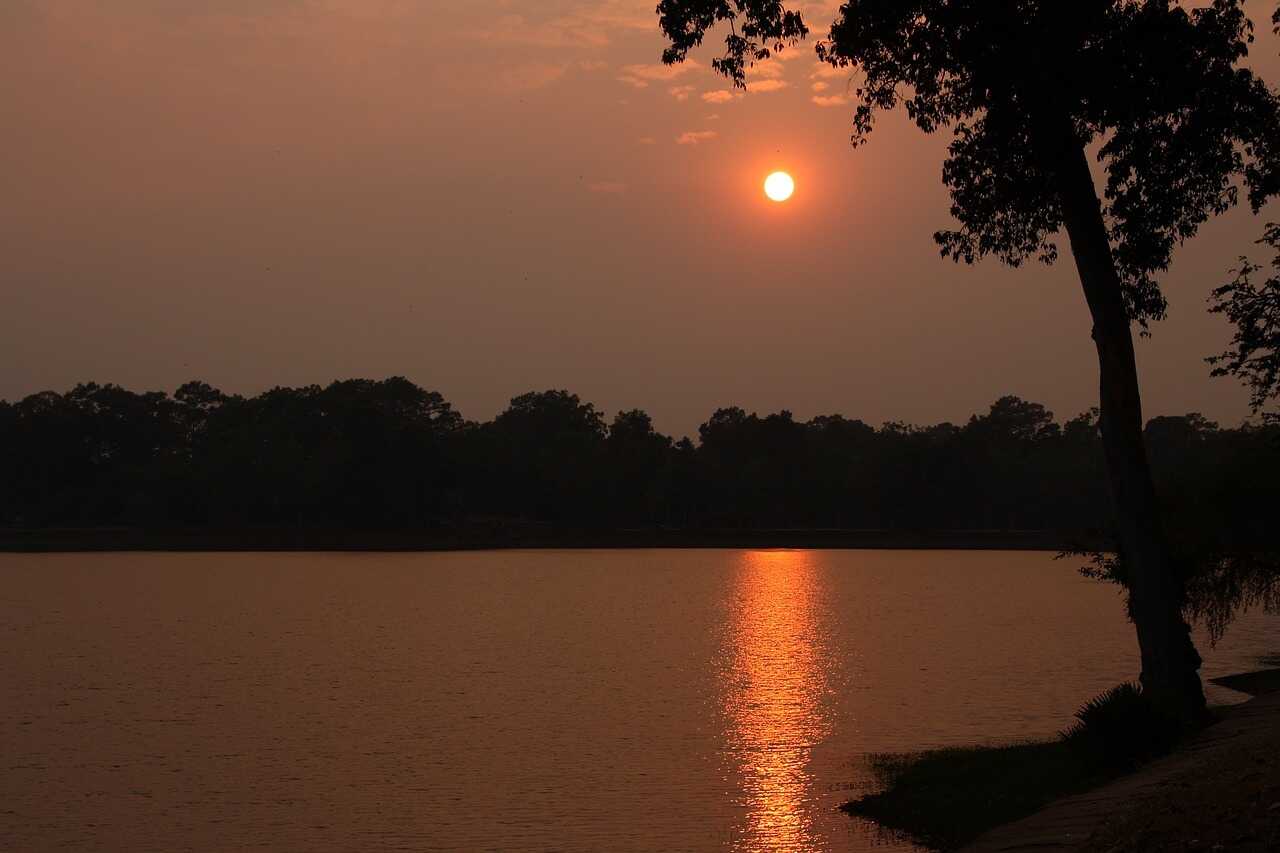
It is safe to say that Cambodia is not as popular as its neighbors of Vietnam and Thailand, which is a shame. There is so much to see and experience outside of the normal tourist locations. Prices can also be cheaper in these places, helping you stick to your budget. There is the beautiful nature and the unique culture that reflects the real Cambodian lifestyle. Make sure you put each region of Cambodia on your list of ‘must-see places.’ You won’t regret it.
You will also not regret taking the time to learn the local Khmer language. Try out the Ling App to get started ready for your stay in the beautiful eastern region.













